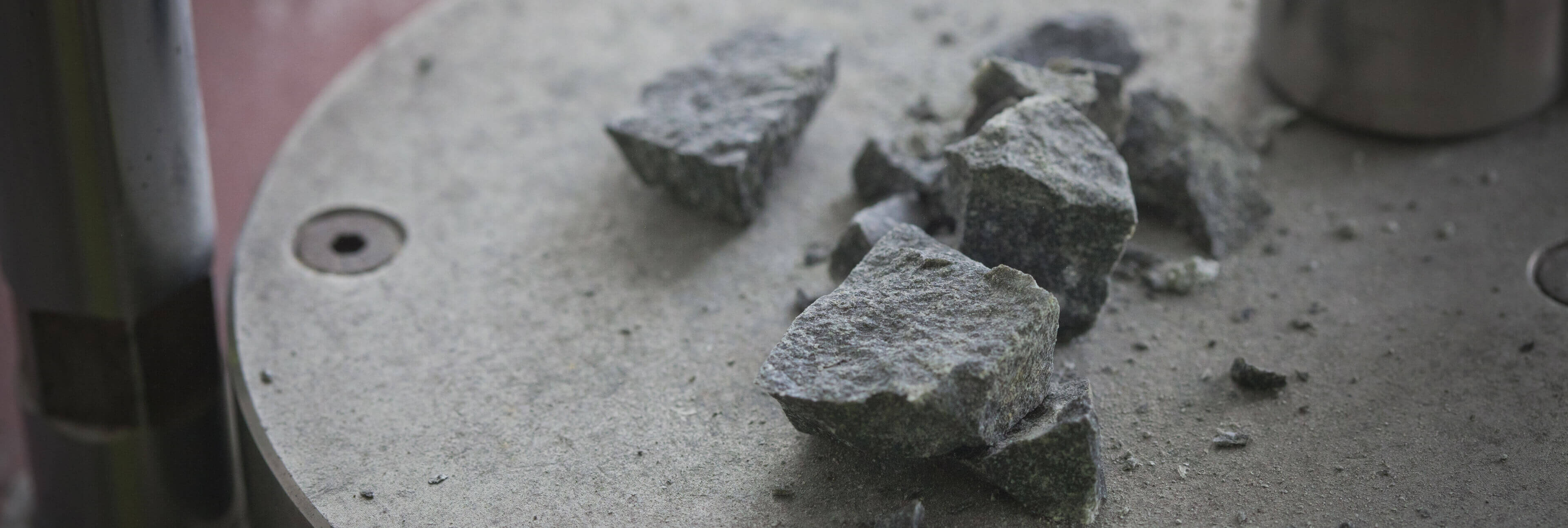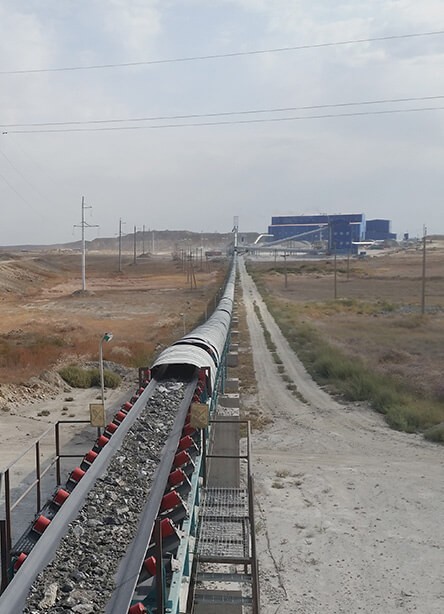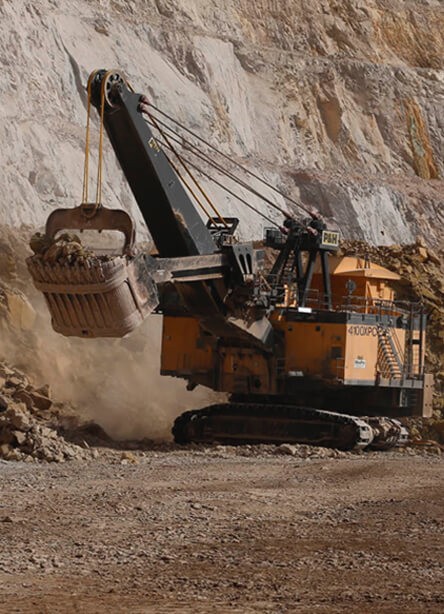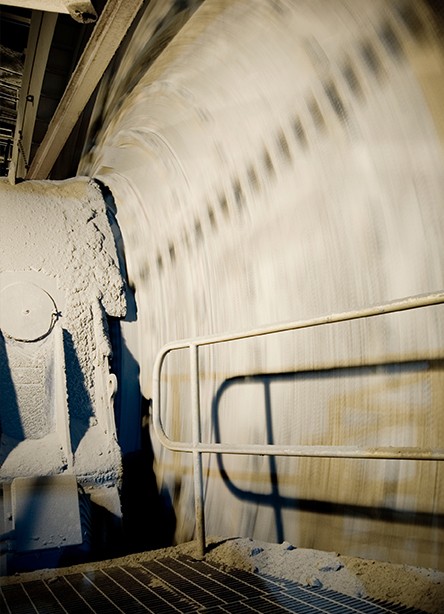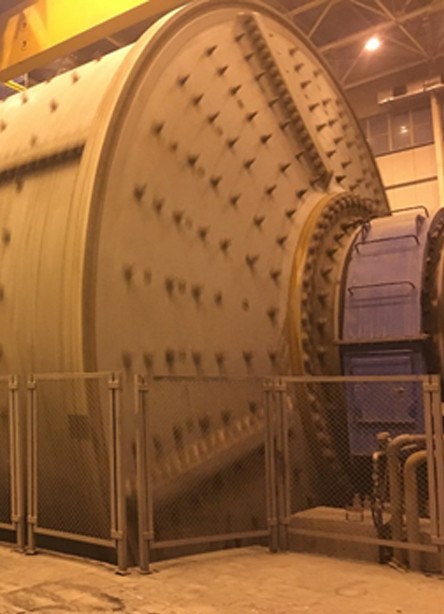
// OUR CUSTOMERS
Trusted throughout the mining industry













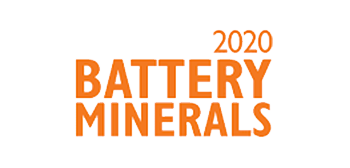








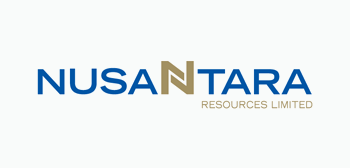































The SMC Test®
The SMC Test is a laboratory comminution test which provides a range of information on the breakage characteristics of rock samples for use in the mining/minerals processing industry.
Learn more about usSTEP 1
Sample Selection
The SMC Test® uses either crushed rock pieces that are very closely sized ("crush and select" method), or particles that are cut to similar size from drill core using a diamond saw ("cut core" method). The latter approach is used when limited drill core sample is available. Almost any drill core size is suitable, even core that has been quartered (slivered).
Consult your nearest laboratory for information about sample quantities. Note that products from the SMC Test can be re-used for other laboratory tests, such as Bond ball work index testing.
STEP 2
Laboratory Testing
The chosen rock particles are broken using a closely controlled range of impact energies on a JK Tech Drop Weight Tester (JKDWT). The high degree of control imposed on both the size of particles and the energies used to break them means that the test is largely free of the repeatability problems which plague tumbling mill rock characterisation tests.
STEP 3
SMC Data Processing
The results from conducting the SMC Test® are used to determine the drop-weight index (DWi) which is a measure of the strength of the rock as well as the comminution indices Mia, Mih and Mic. In conjunction with the Bond ball mill work index they can be used to accurately predict the overall specific energy requirements of circuits containing: AG and SAG mills, Ball mills, Rod mills, Crushers, High Pressure Grinding Rolls (HPGR).
The SMC Test® also generates the JK rock breakage parameters A, b, Axb and ta as well as the JK crusher model's t10-Ecs matrix, all of which are generated as part of the standard report output from the test. These values can be used to simulate crushing and grinding circuits using JKTech's simulator – JKSimMet.
// IN ACTION
Case Studies
The world's largest mining companies and leading minerals-processing consulting firms use the SMC Test to improve circuit performance, optimize throughput and decrease energy use. See how:
// SMC INSIGHT
Energy Grade
Ore grade is considered to be the main determining factor of the viability and profitability of developing an ore deposit. However, when facing declining ore grades or increased mining complexity, the costs associated with energy usage of comminution plants become increasingly important. The SMC Test's world-leading technology can provide your mining company with an "Energy Grade", giving you insight into your potential plant's energy consumption and equipment sizes and hence its impact on capital and operating costs – both vital for determining the financial viability of the project. In existing operations the Energy Grade gives you the ability to benchmark performance across your global operations and identify opportunities for production capacity improvements and/or energy savings.

Barrick reduces their global carbon footprint using SMC Test
The SMC Test has helped Barrick save 43,000 tonnes per year in CO2 emissions, and $5 million per year in energy costs.
Read the case study
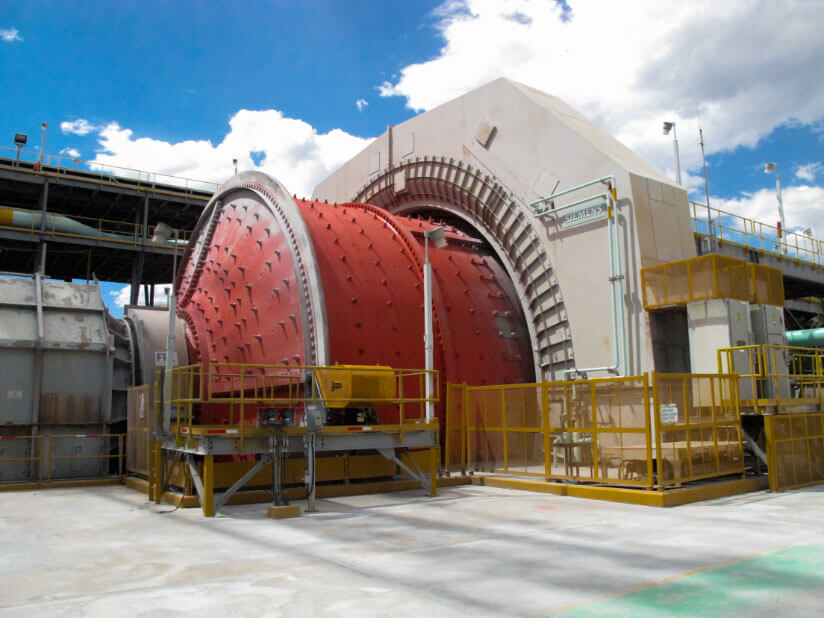

Feb 23, 2022
New research by SMC Testing's Dr Steve Morrell has outlined a practical methodology to help the mining industry reduce carbon emmissions by up to 34.5 megatonnes/year, or 43.5% compared to using traditional comminution technologies.
Apr 29, 2020
This month, the Australian-invented SMC Test® used by the world’s leading mining companies to improve concentrator performance, optimize throughput and decrease energy use—reached its 50,000th test.
Jan 16, 2020
Dr Steve Morrell to receive 2020 AusIMM Award for Professional Excellence.





